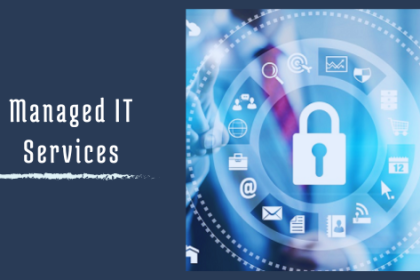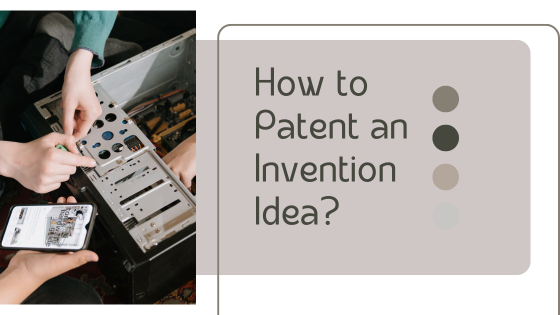When it comes to managing the influx and outflow of vehicles in parking lots, efficiency is critical. Inefficient or outdated barriers can lead to significant congestion, resulting in driver frustration and reduced overall satisfaction. Luckily, advanced HIP carpark barriers available at Personet Shop provide a compelling solution, designed to streamline traffic flow and minimize delays.
What Is A HIP Carpark Barrier?
A HIP carpark barrier is a type of automated gate that’s designed to manage the flow of vehicles in and out of parking lots. These barriers are typically made from steel or aluminum, and they can be operated manually or automatically using an access control system. The most common type of barrier is a ไม้กระดกอัตโนมัติ gate, which opens by swinging outwards on hinges when activated by a vehicle approaching from either side.
The Importance of Efficient Carpark Barriers
Efficient carpark barriers are essential for maintaining a smooth operation in any parking facility. Whether it’s a shopping mall, office building, or residential complex, the flow of vehicles must be managed effectively to prevent bottlenecks. HIP carpark barriers are engineered for fast, reliable performance to ensure that vehicles can enter and exit without unnecessary delays.
HIP CMW1023 Barrier
A prime example of efficiency and reliability is the HIP CMW1023 barrier. With a length of 4 meters and a rapid operation time of just 3 seconds, this barrier is ideal for moderate traffic environments. It offers a perfect balance between size and speed, ensuring a seamless flow of vehicles. Drivers will appreciate the reduced wait times, leading to a more pleasant experience.
HIP CMW1024 Barrier
For larger entrances, the HIP CMW1024 barrier is an excellent choice. This model extends up to 4.5 meters and, like the CMW1023, operates in a swift 3 seconds. Its slightly longer arm makes it suitable for wider lanes or entrances that accommodate higher vehicle volumes. Despite its size, the barrier’s quick operation time ensures that traffic remains fluid and congestion is minimized.
HIP CMW1026 Barrier
The HIP CMW1026 barrier addresses the needs of the most extensive access points. Spanning 6 meters and operating in 6 seconds, this barrier is perfect for broad entrances such as those found in large commercial complexes or multi-level parking facilities. While its operation time is a bit longer to match its larger size, it still maintains efficient traffic flow and reduces vehicle backlog.

Key Benefits of HIP Carpark Barriers
1. Enhanced Traffic Flow
One of the most significant advantages of advanced HIP carpark barriers is the marked improvement in traffic flow. By reducing the time each vehicle spends at the barrier, these systems help maintain a consistent movement of cars, reducing the potential for congestion during peak times.
2. Driver Satisfaction
Fast and reliable barriers contribute to a better overall driver experience. Reduced wait times mean that drivers are less likely to become frustrated, which can be particularly important in high-stress environments like commercial shopping centers or busy office complexes.
3. Increased Safety
Efficient barriers do more than just alleviate congestion—they also enhance safety by minimizing the likelihood of accidents at entry and exit points. Quick, predictable barrier operation reduces risky driving behaviors that occur when drivers are impatient or frustrated.
4. Operational Efficiency
For facility managers, the installation of HIP carpark barriers means more efficient operations. Less time spent managing traffic issues translates to more time that can be dedicated to other critical tasks.
5. Durability and Reliability
HIP carpark barriers are known for their durable construction and reliable performance. This reliability ensures that the barriers will function correctly day in and day out, providing consistent service and reducing maintenance costs over time.
Conclusion
In conclusion, the advanced HIP carpark barriers available at Personet Shop are a transformative solution for any parking facility looking to improve vehicle flow and enhance driver satisfaction. With options like the HIP CMW1023, CMW1024, and CMW1026, there’s a suitable barrier for any size and traffic level. To explore these options and see how they can benefit your facility, visit the Personet Shop HIP Carpark category.
By investing in these advanced systems, you can significantly improve traffic flow, enhance safety, and provide a better experience for all users of your parking facility.

















